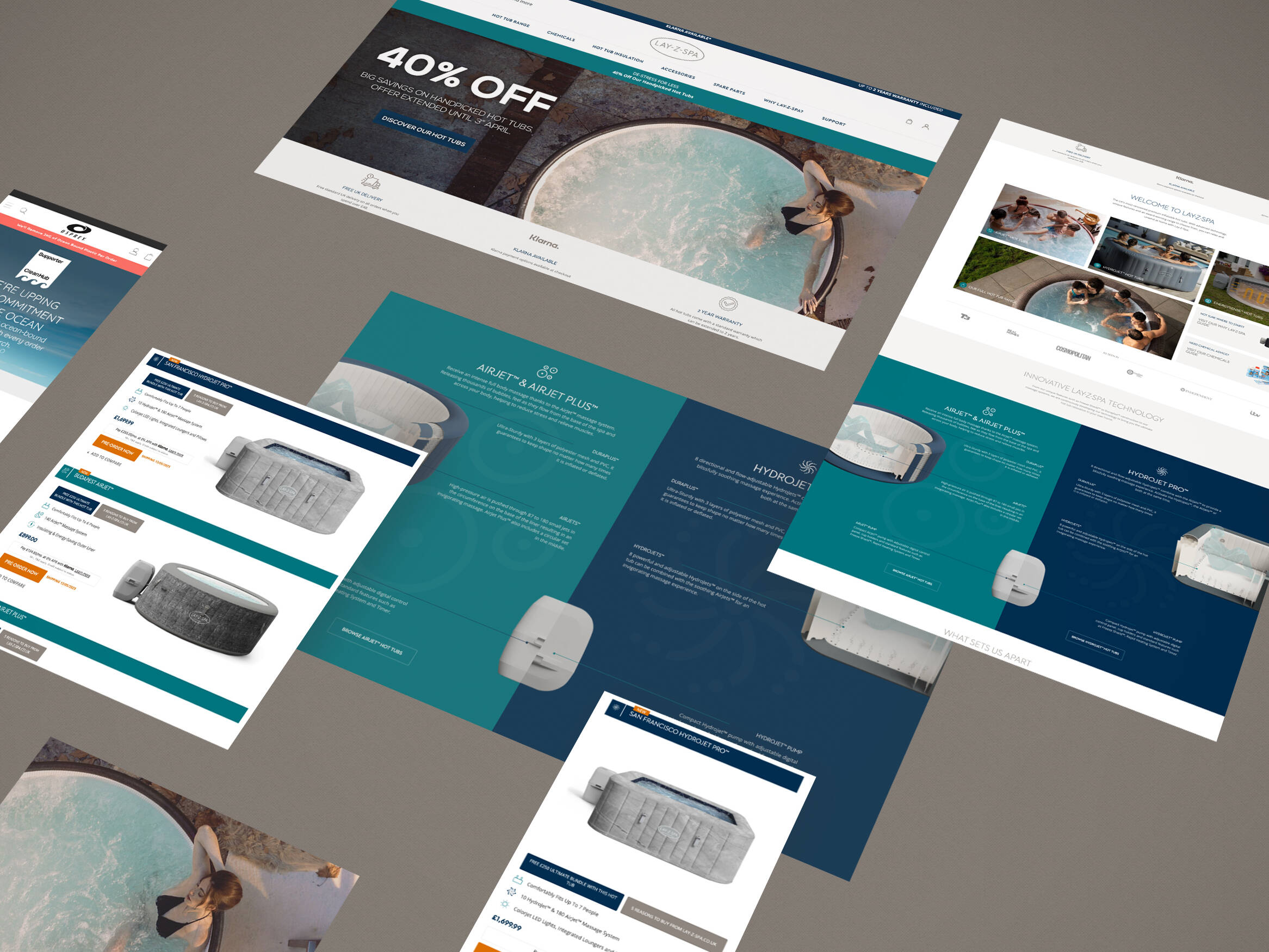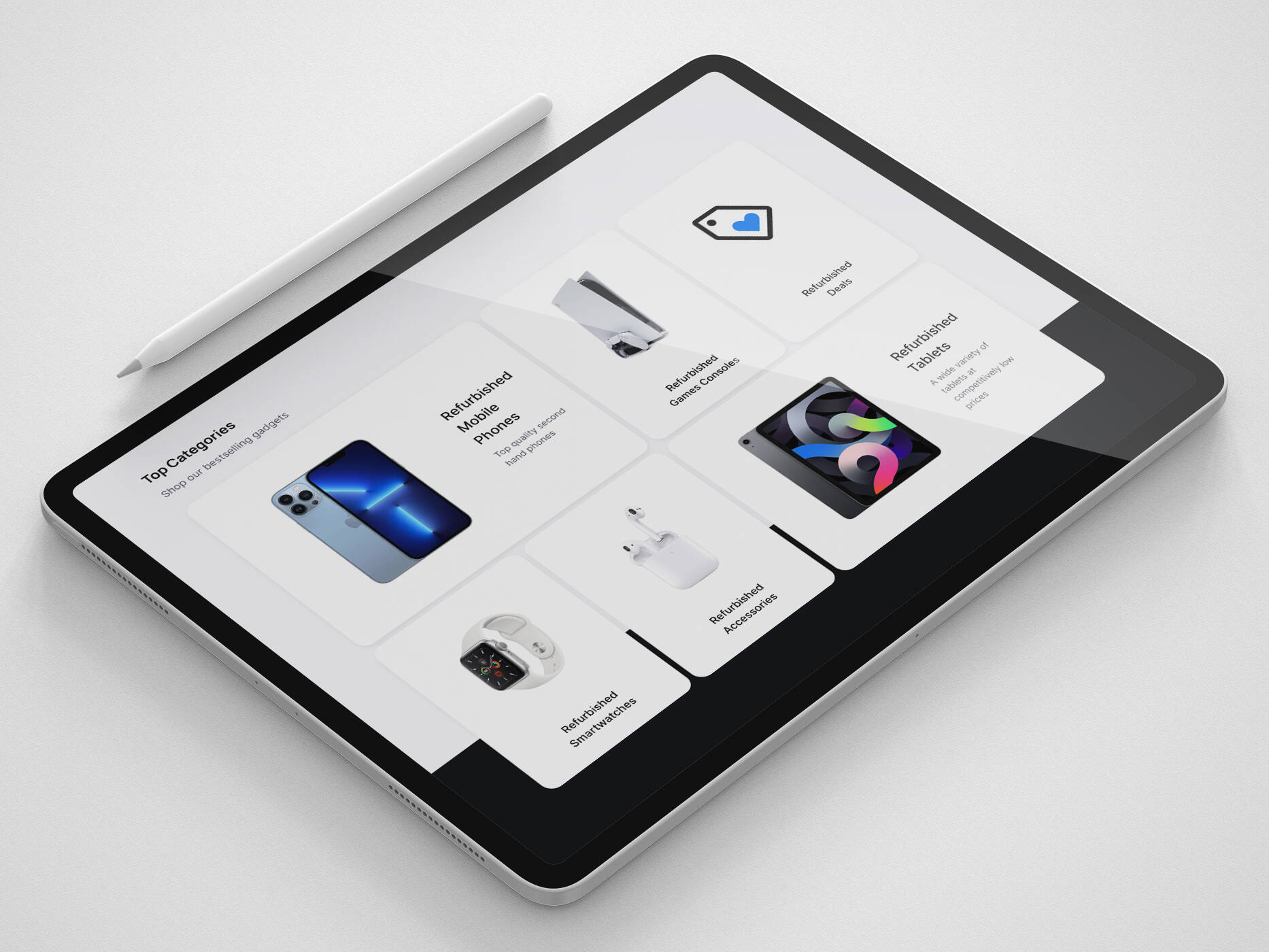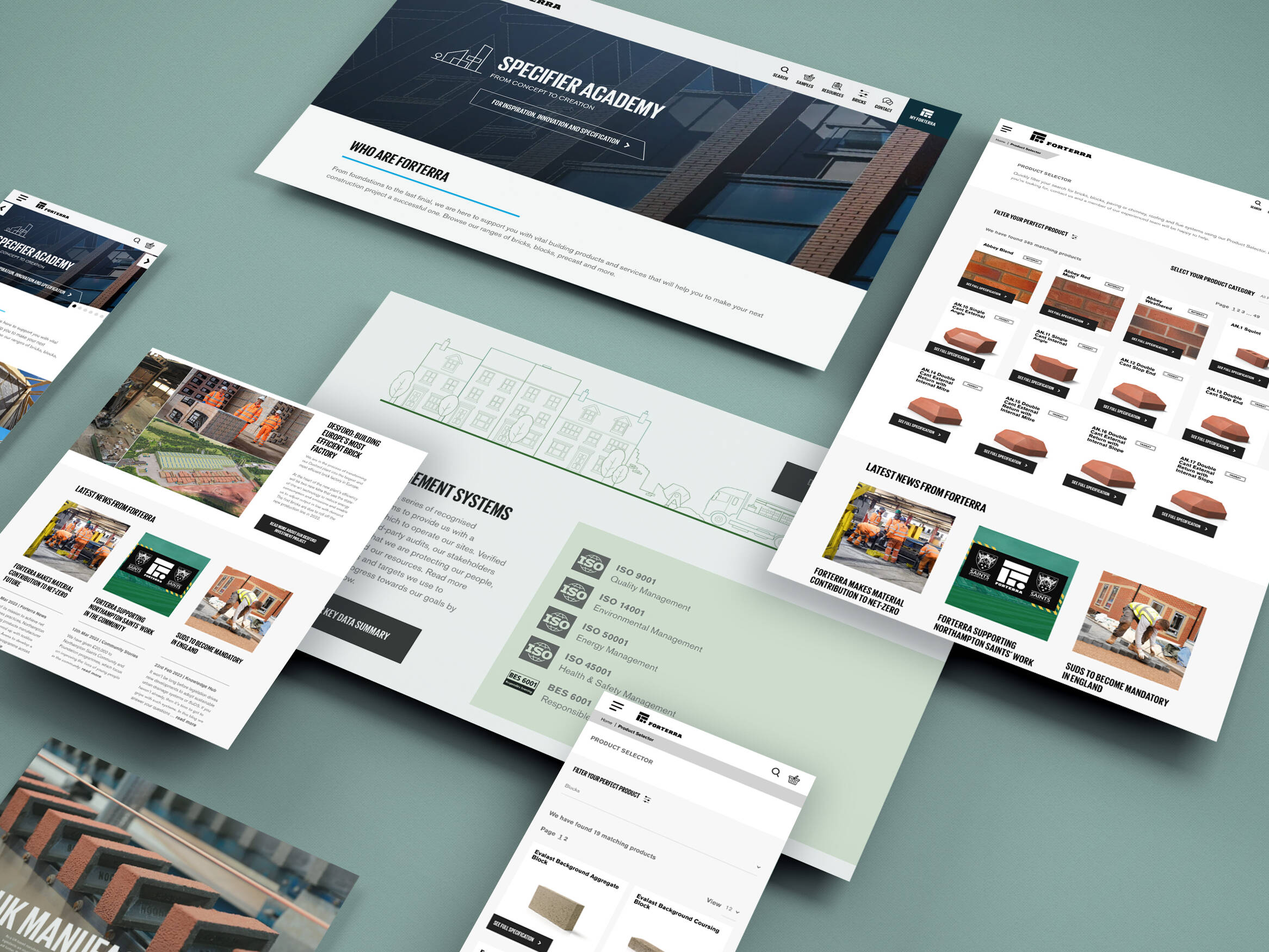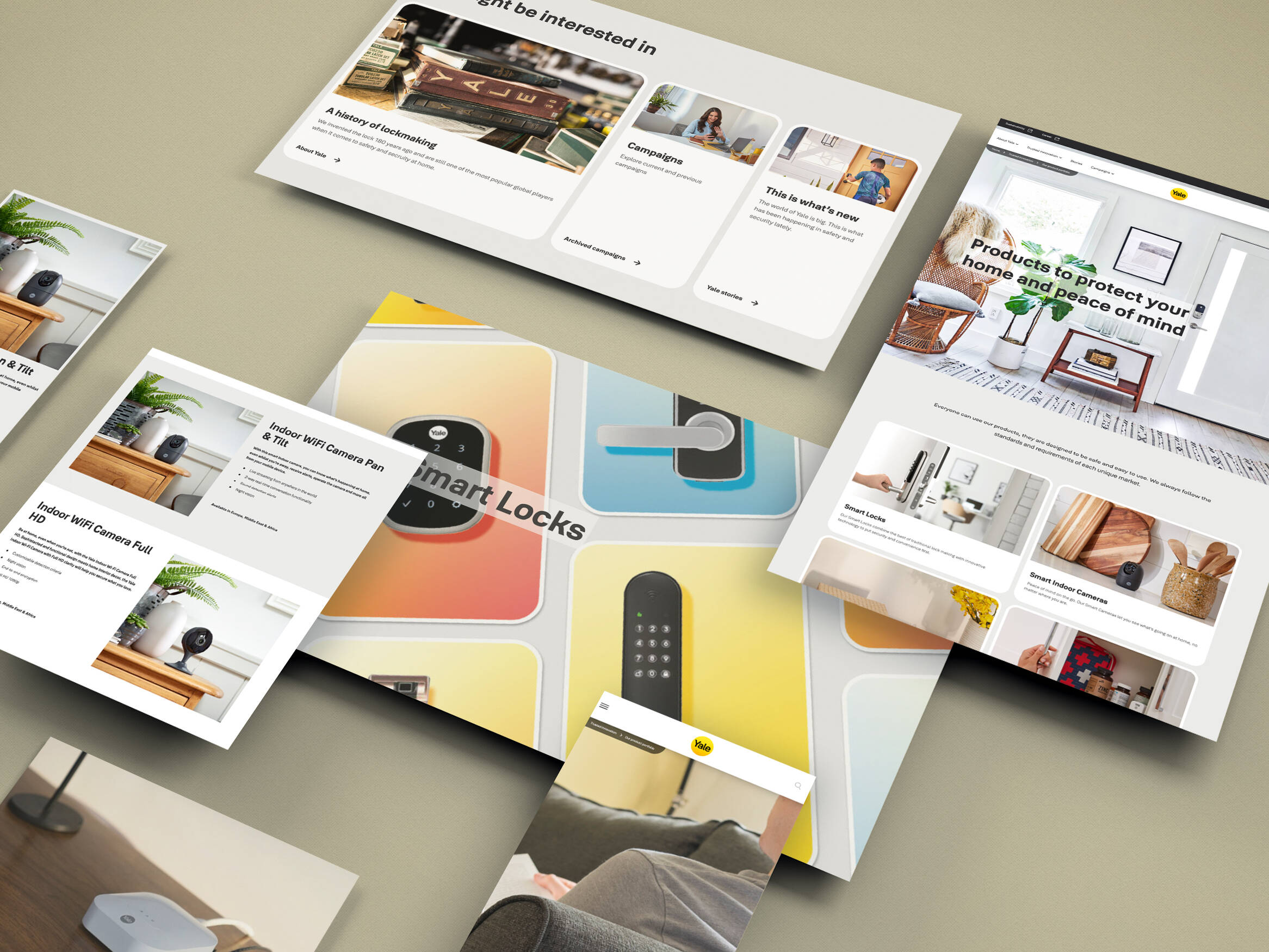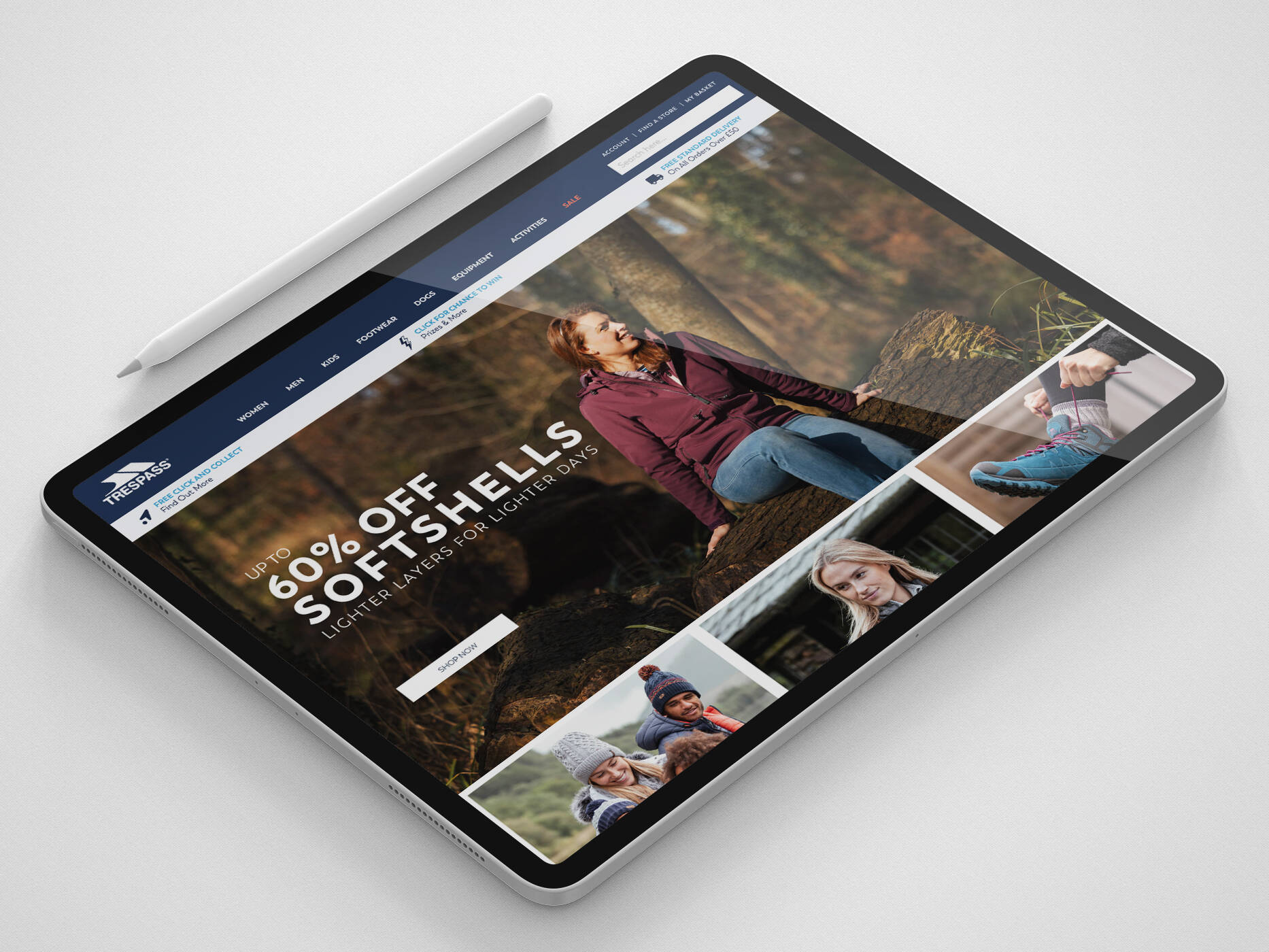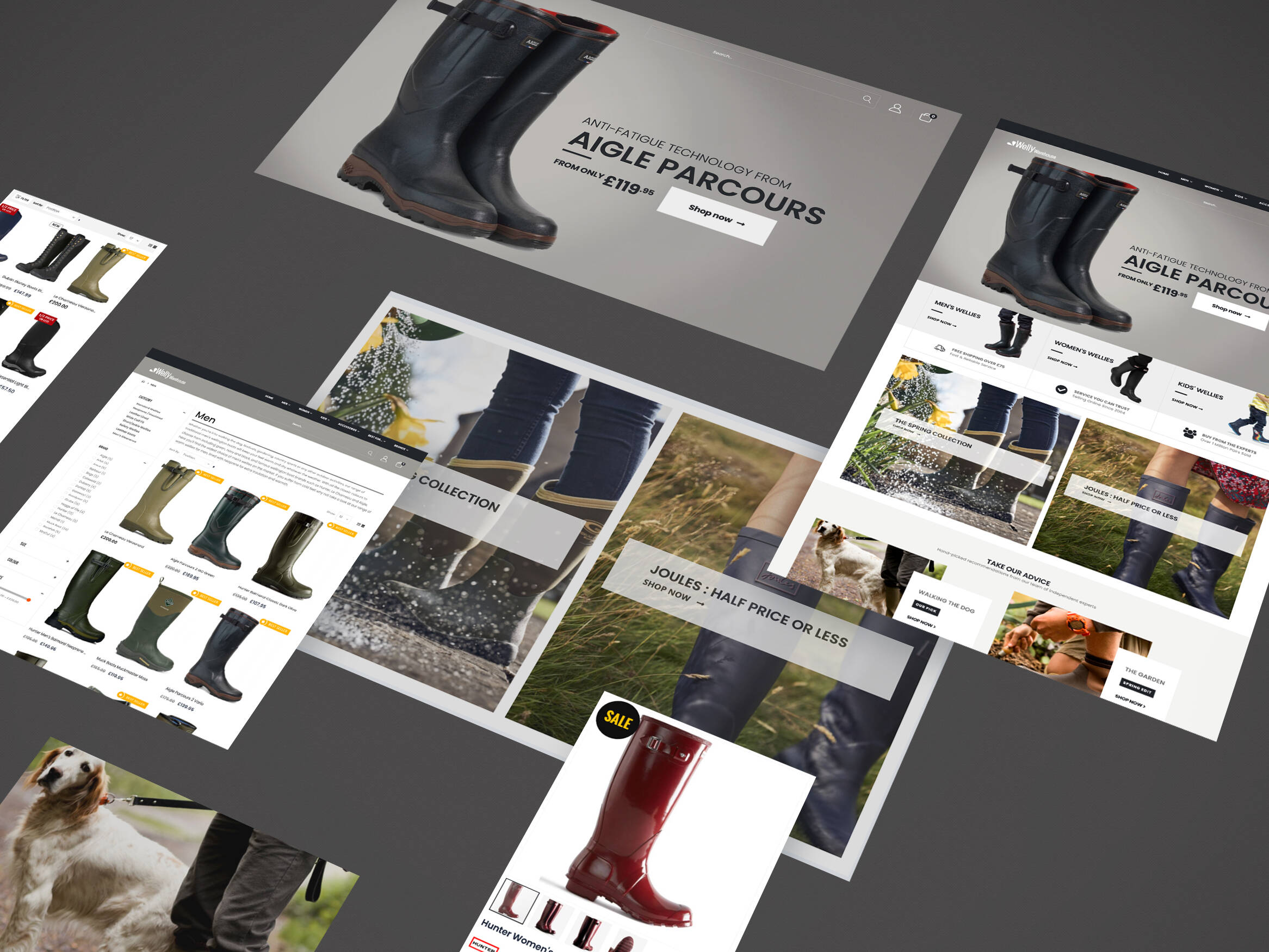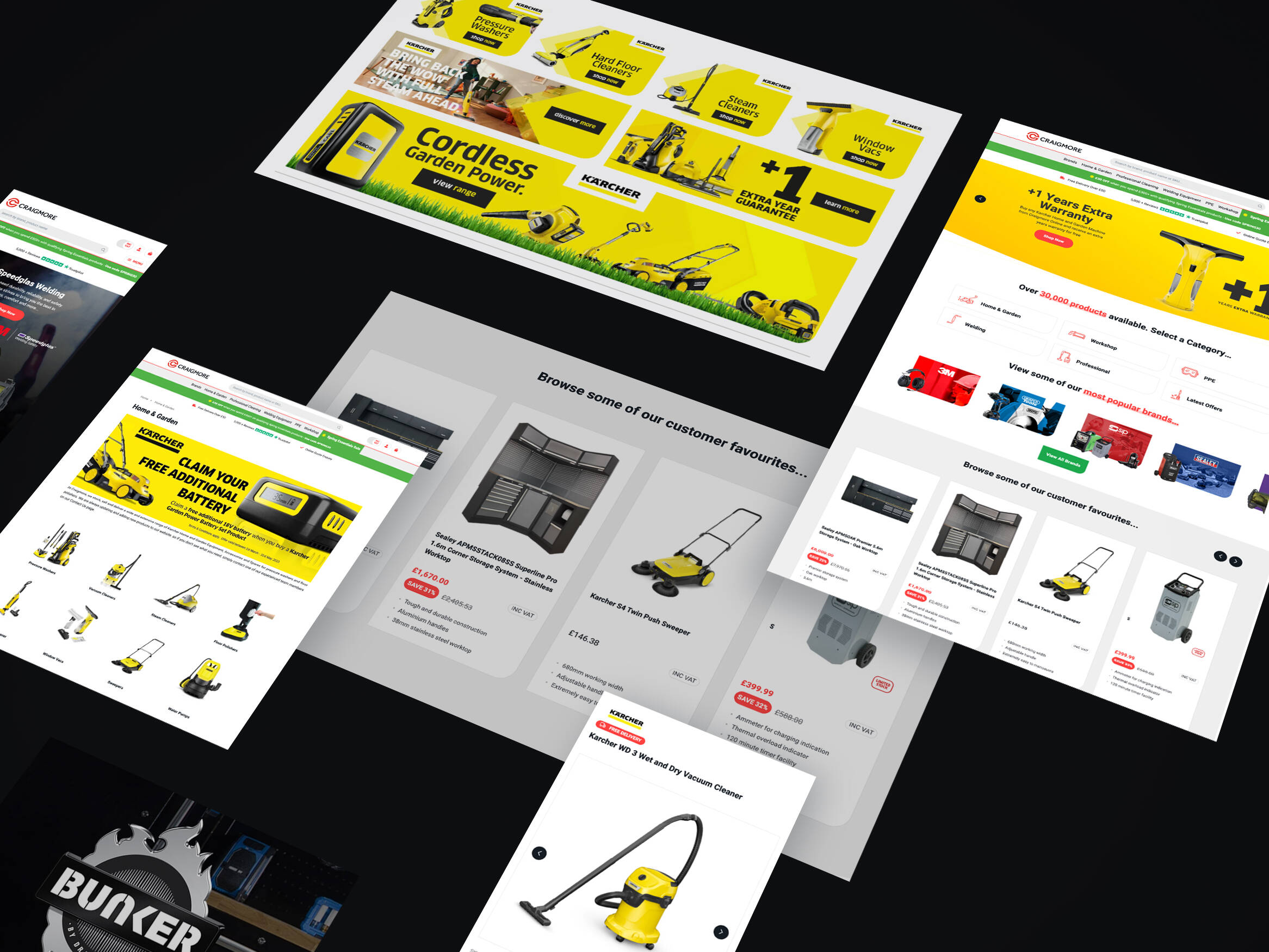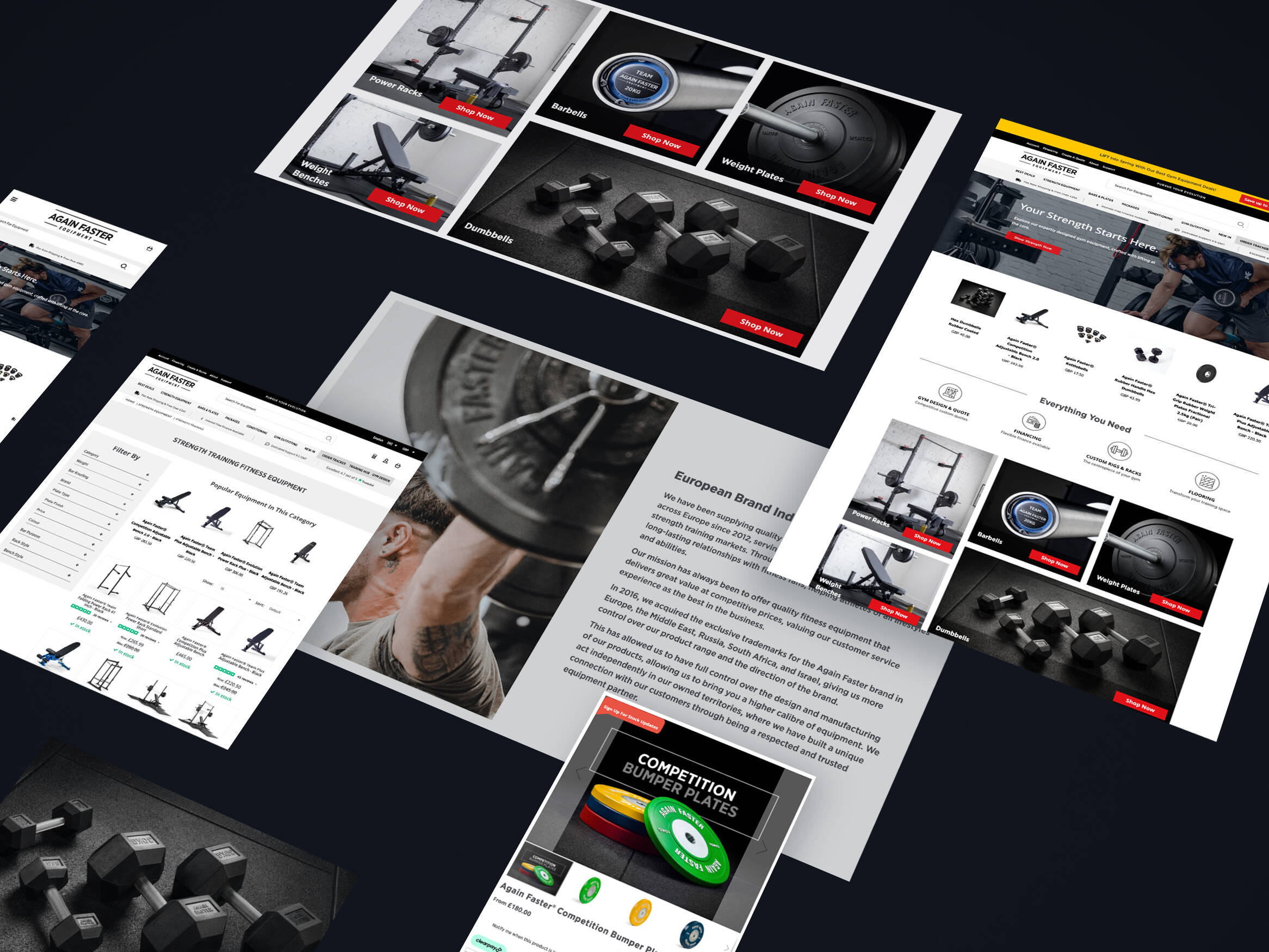We’ve all asked for either the advice or opinion on a product from a store clerk at least once in our lifetime. eCommerce sites’ largest obstacle is figuring out how they can offer the same 1 on 1 experience that emulates that of visiting a real shop.
This is where including the concept of tailored product recommendations can help provide a solution. Offering your customer recommendations while they shop on your website will help personalise your user experience and increase sales conversions. So, where to begin?
How do eCommerce product recommendation engines work?
“The value of product recommendations are huge: While they drive just 7% of website visits they account for 26% of revenue (Invespcro). So, not sending product recommendations at all means losing out on significant sales revenue.” – dotdigital
Product recommendations can appear at various times during the browsing/shopping process – from shopping carts and landing pages, to post-purchase emails. For eCommerce sites, it’s beneficial to use product recommendation engines.
Let’s look at the three most popular methods…
Content-based filtering
This method is based around analysing the user’s preferred choices and their browsing history on the site. So, if a user enjoys one item they’ll see an example of a similar item.
Collaborative-filtering
This involves gathering data from users who have purchased similar products, then using that information to make tailored recommendations.
This filtering method can make detailed recommendations under the assumption of what different users will prefer, based on past purchases from similar customers.
Hybrid filtering
This method uses both collaborative and content filtering to integrate group decisions. Whilst keeping the focus of the output based around the attributes of a specific user.
This is a more complex filtering method used by the likes of Spotify to curate their ‘Discover Weekly’ Playlists.
Clients are often fooled into thinking that only larger eCommerce sites will benefit from using product recommendation engines. But when we delve deeper into the real advantages, there are several reasons why you should consider using them.
Where should you feature product recommendations on your site?
There are many different recommendation strategies to choose from that you are able to optimise for specific pages. Let’s take a look at some of the product recommendations strategies that you should consider using:
Homepage
This recommendation is quite obvious as it’s the customers main entry to your site. Here, you’ll usually find a ‘Most popular’, ‘Best sellers’ recommendations strategy – this will showcase any best sellers to new shoppers.
For previous customers try ‘Recently viewed’ recommendations. This will display a group of products that your shopper has already considered purchasing.
Product detail page
For these pages, consider using a ‘Similar products’ or ‘Customers also bought’ strategy. These recommendations are great for showing potential customers other items that they might not have come across during visiting your site.
Here’s an example of Cult Beauty’s suggested ‘customers also bought‘ list of products:

Check out page
You won’t be surprised to hear that ‘Bought together’ or ’Frequently bought together’ is a great choice for cart pages. In most cases, the other recommended items listed are generally cheaper causing customers to make an additional purchase and ultimately leading to an increase in upsells.
This example from Amazon shows a selection of items, including one that you’ve previously browsed, i.e. the PlayStation, that were bought together. Again, this encourages cross-selling to create a higher sales value.

Search pages
If you’re serious about a personalised shopping experience, creating search page recommendations is a strategy you won’t want to skip.
Your search page will showcase items that previous customers have either viewed or purchased. But that’s not the clever bit…
Intelligent recommendations can also correct search terms that your visitor might have made.

Category pages
Category pages are considered one of the most important drivers of discovery in an online store. Storing all of the relevant products and dedicated to the correct pages, giving the visitor the chance to narrow down their search.

404 Pages
Why not turn your shopper back to your product detail pages? Use your 404 page to turn a bad click into a potential sale by using a ‘popular items’ recommendation strategy like this example from Nike…

Pop-ups
Why use pop-ups? More than ever we’re able to target specific behavioural browsing and spending. This makes the pop-up option more personal and effective for eCommerce businesses.
Pop-ups can sometimes offer a discount when you sign up to a company newsletter. These can be displayed at crucial times during the customer browsing journey, for example during viewing the product category page or as they are about to leave your website.

Knowing when to use product recommendations is key…
Studies increasingly show the value of product recommendations and the critical role they play in personalisation strategies. Not only do they increase conversion rates, they can help improve your customers’ user experience, leading to higher order value, and an overall greater trust in your brand.
Having the option to advertise product recommendations on any site page would be best practise. Try experimenting with recommendation placements throughout your site, using various layouts and implementing the strategies discussed above. The user should always be at the forefront of your website, after all they’re the ones using it and buying through it. Make the experience as user-friendly and streamlined as it can possibly be.
The eCommerce world is constantly changing with new trends and technologies emerging, so it’s important to stay up to date and make any changes to your product recommendations when necessary.
Here at iWeb, we can help you create and improve your product pages to make them work better for you. We encourage you to contact us on 01785 876410 or instead, you can email us.
Get in touch
We know commerce, let us help you improve customer experience, increase conversion rates, and make that digital change.
- hello@iweb.co.uk

